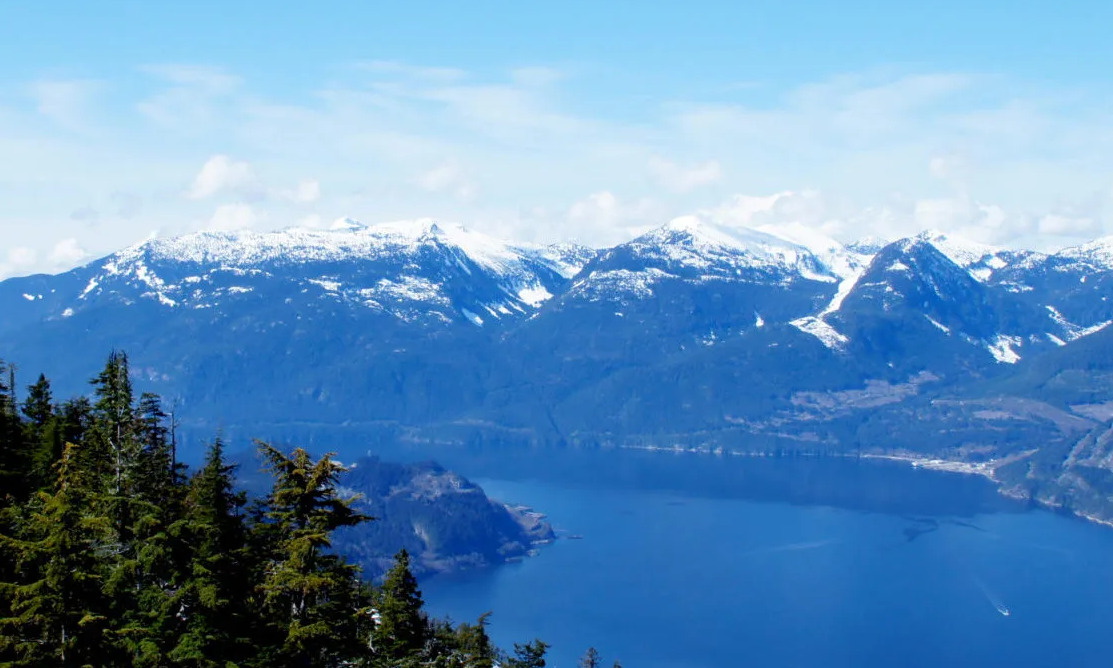Reflecting on my time running a 100-person creative community in the heart of Melbourne
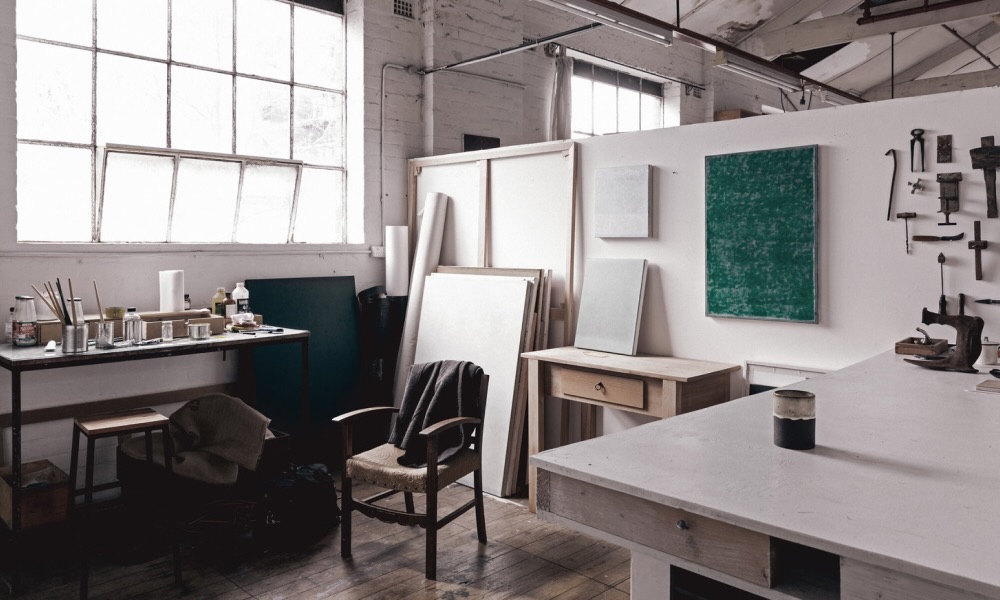
When I first walked into Redbox Studios, I wasn’t looking for a community. I just wanted a quiet room with a door I could close. I'd tried traditional co-working spaces before but never clicked with the open-plan format. I do my best work in private, and Redbox offered the best of both worlds: independent studios with shared spaces for connection and collaboration.


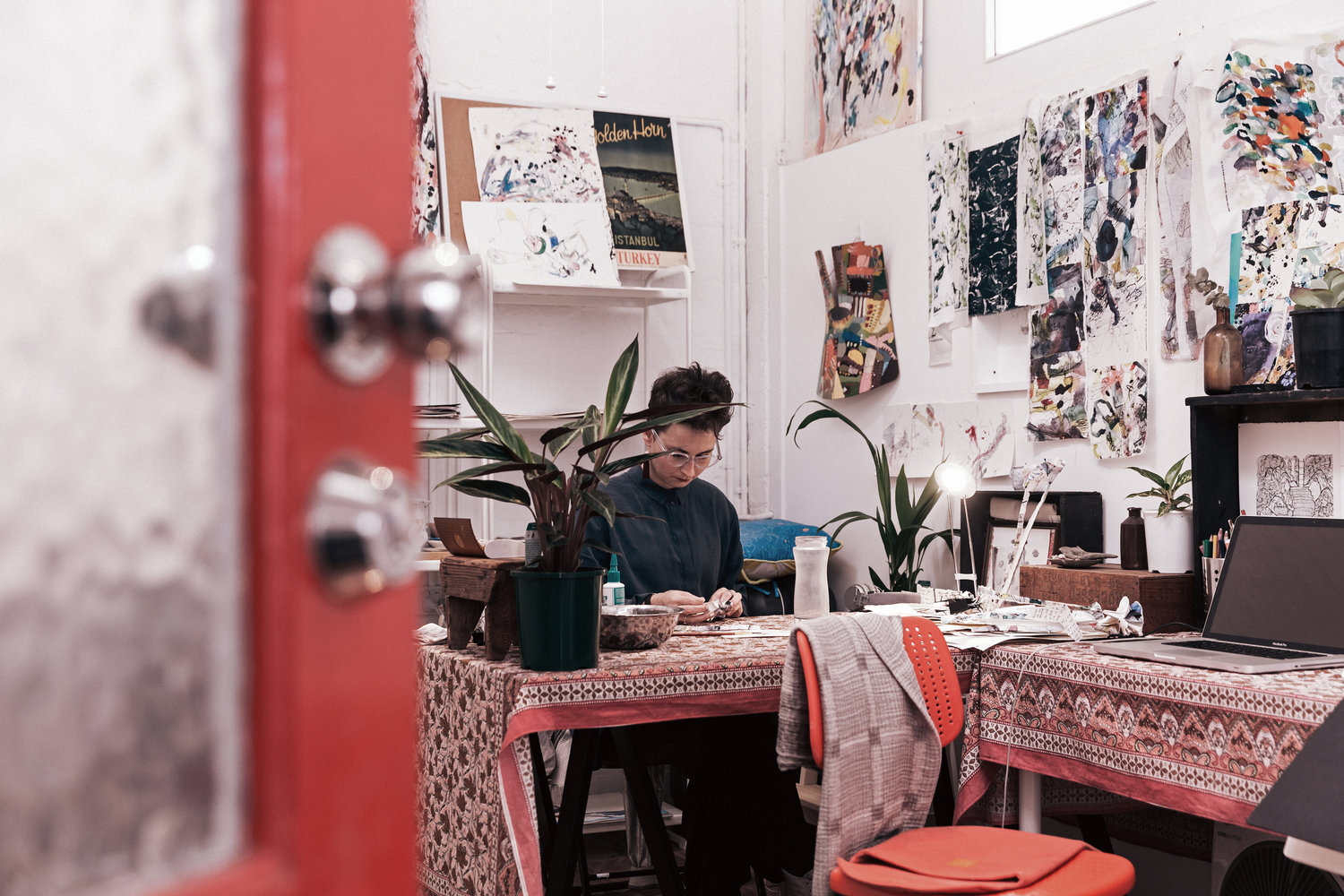
Redbox was tucked inside a beautiful old three-story warehouse in the heart of Collingwood. It was home to around 100 creatives working across just about every discipline you could think of. There were painters, architects, musicians, sculptors, jewelers, photographers, and me – building digital products in my own little space.
I was a tenant for about two years. Over time, I became increasingly involved in day-to-day happenings around the studio. I was there often, helped out where I could, and got to know many of the tenants well. Eventually, when the person managing the space decided to step down, he approached me to take over. After some thought, I accepted the role in late 2019.

Our last end of year party before the pandemic
Just a few months later, the pandemic hit. Suddenly, managing a creative space became a much more complex job. COVID posed an existential threat to our community. With month-to-month leases, we knew tenants could leave at any time, and financial uncertainty was high. We acted quickly, cutting rents to 10% of their usual rate in order to retain as many tenants as possible. It worked. We managed to keep around 90% of our community together through the lockdowns.
We already had a key fob system, so we didn’t need to rely on QR codes for regulars, only for visitors. We closed off kitchens and shared spaces to keep people safe, but because everyone had their own individual studio, they could still access their space when restrictions allowed. That balance between safety and continuity became central to our strategy.
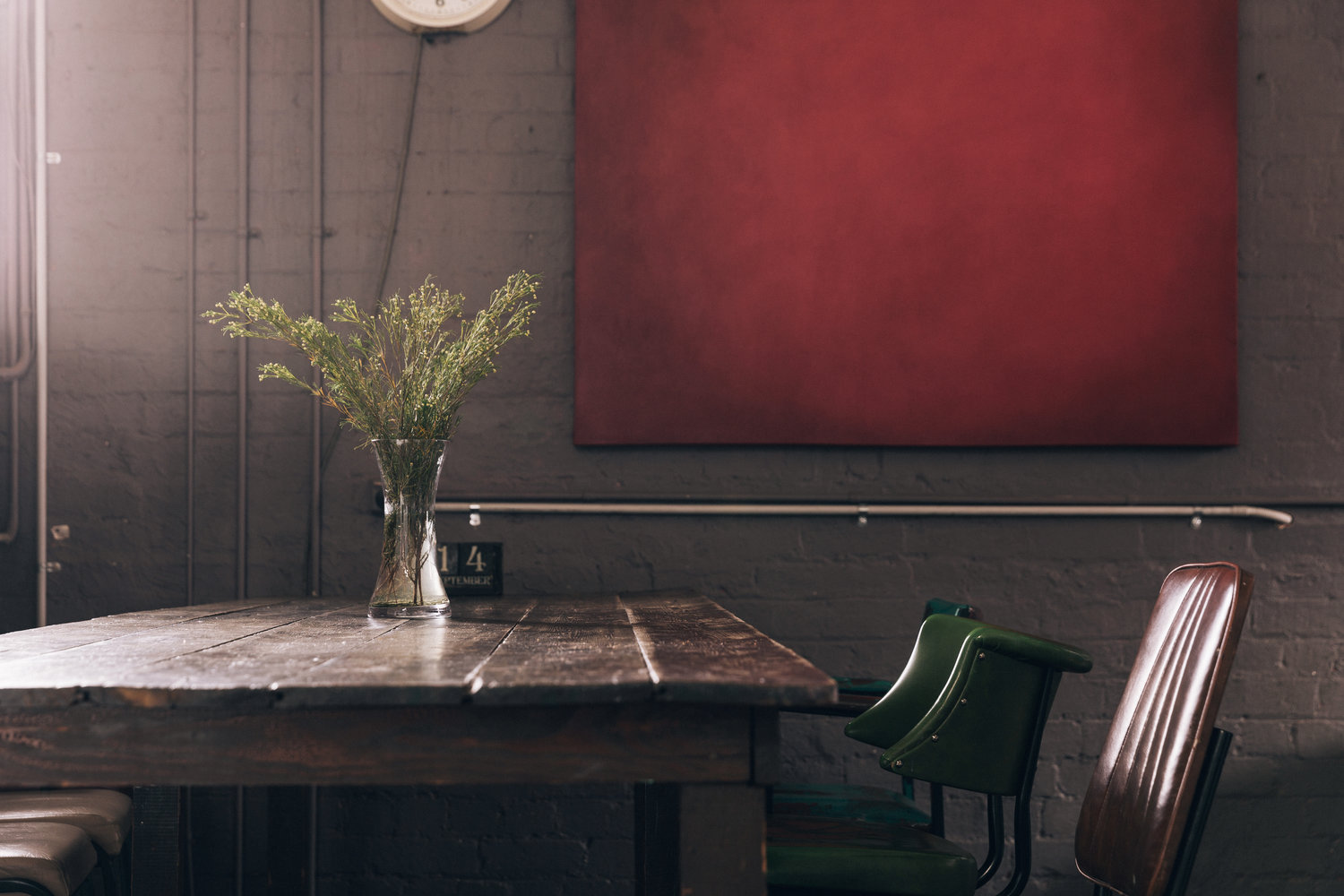
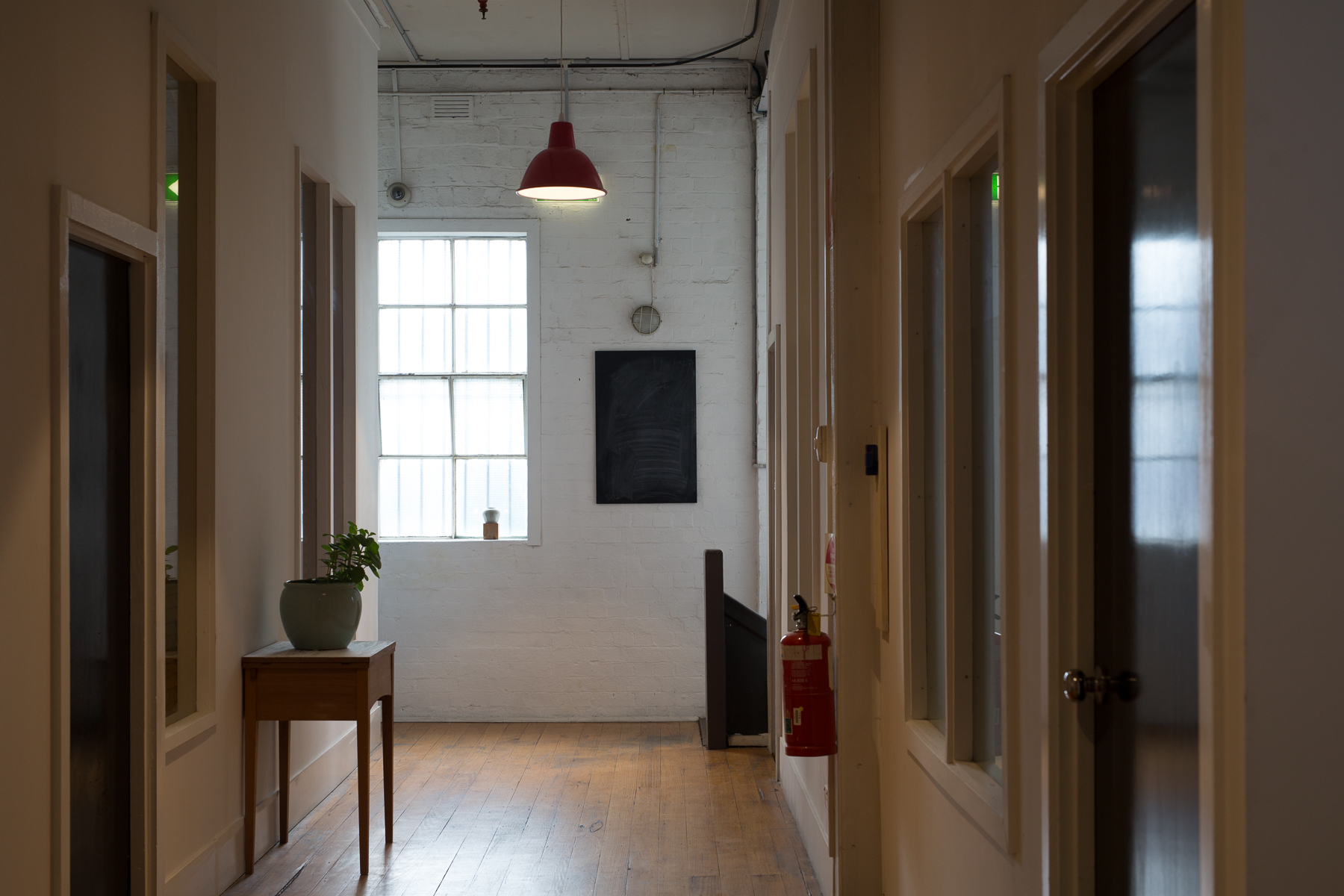
When lockdowns ended and the space came back to life, the energy was something special. Many of us had been through a period of deep uncertainty. Returning to a shared creative space felt like a win, and there was a renewed appreciation for the community we’d held onto.
Part of my role was also cultural stewardship. I was responsible for interviewing and onboarding new tenants, not just filling spaces. We looked for people who would complement the existing dynamic. It was never about exclusivity; it was about protecting the collaborative and supportive nature of the studio. I also ran events and supported tenant-led initiatives to keep the energy up and the connections strong.
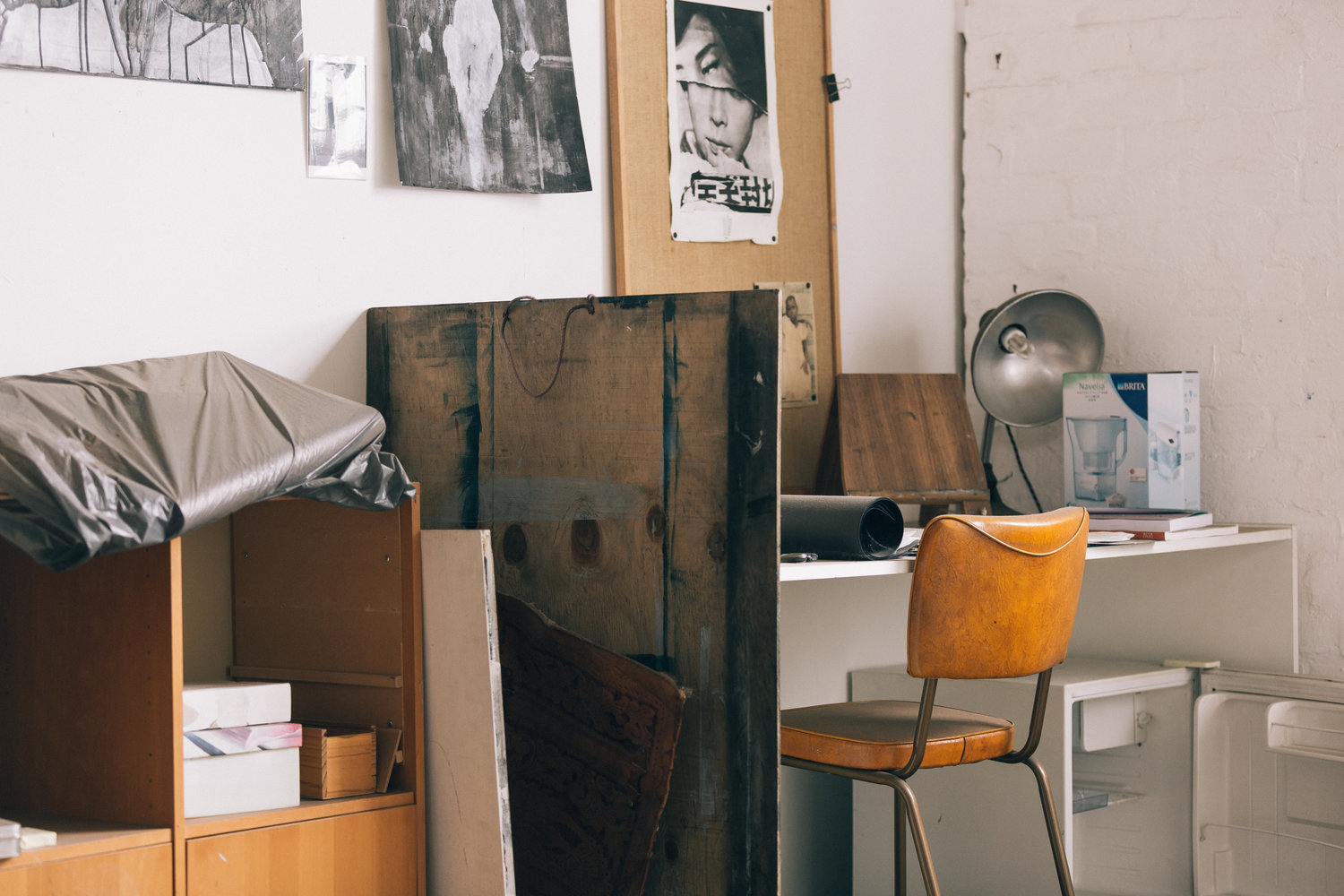
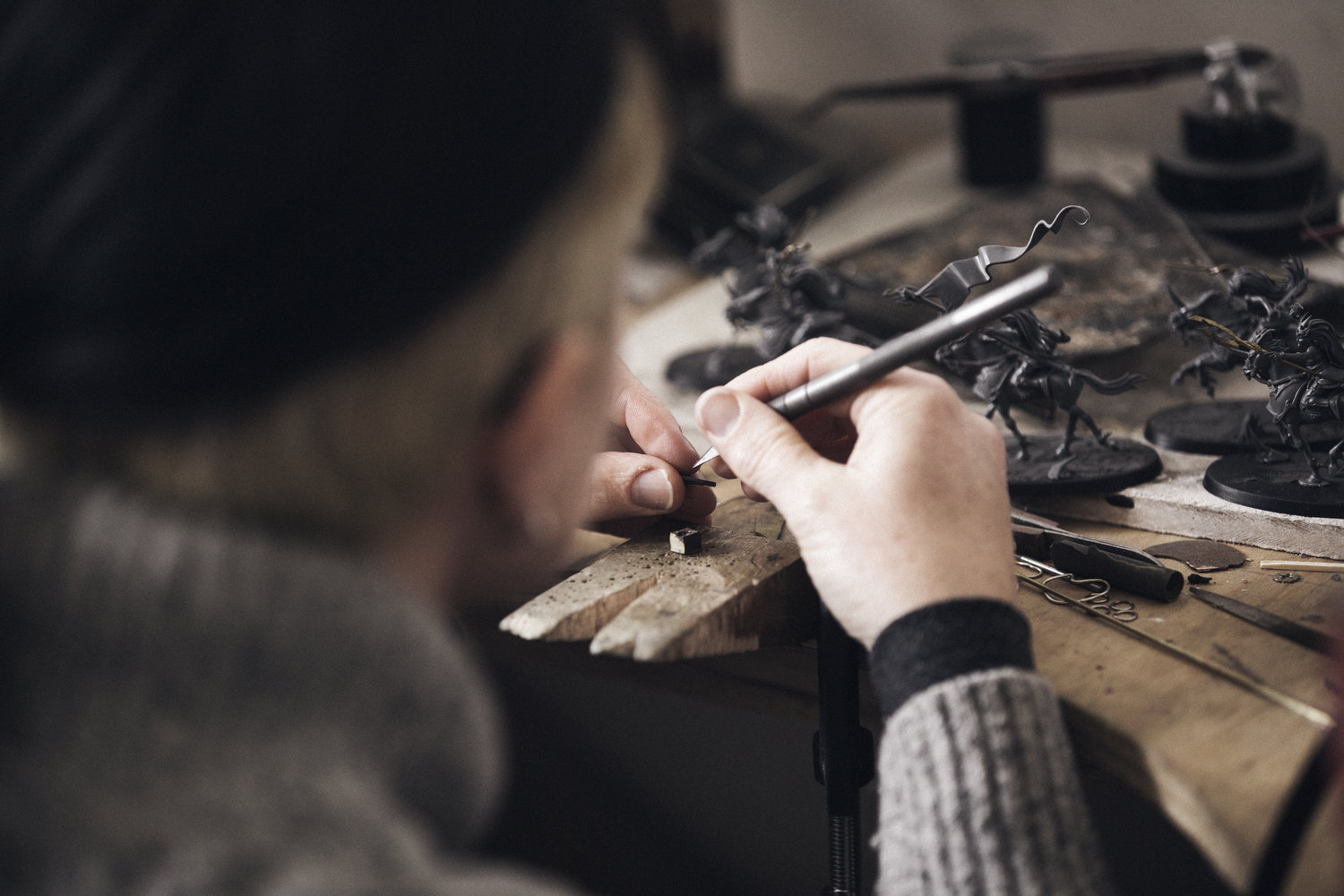
Eventually it came time for me to pass the torch to somebody else as earlier this year I decided to move out of the inner city. James Martin, an illustrator who's been a part of the community for a few years has taken over my role and I'm sure is going to do a fantastic job.
Looking back, my time at Redbox was one of the most meaningful community-building experiences of my life. It wasn’t just about managing a space. It was about holding space – for creativity, for resilience, and for each other. I’m proud of the part I played in helping the community survive, and in a small way, thrive, during one of the hardest periods in recent memory.
It taught me a lot about leadership under pressure, about what makes a creative culture flourish, and about the quiet but vital role of caretaking in any community. Redbox was more than a place to work. For many of us, it was a lifeline.

Introducing the all new Marathon – the tool for people who live in Figma
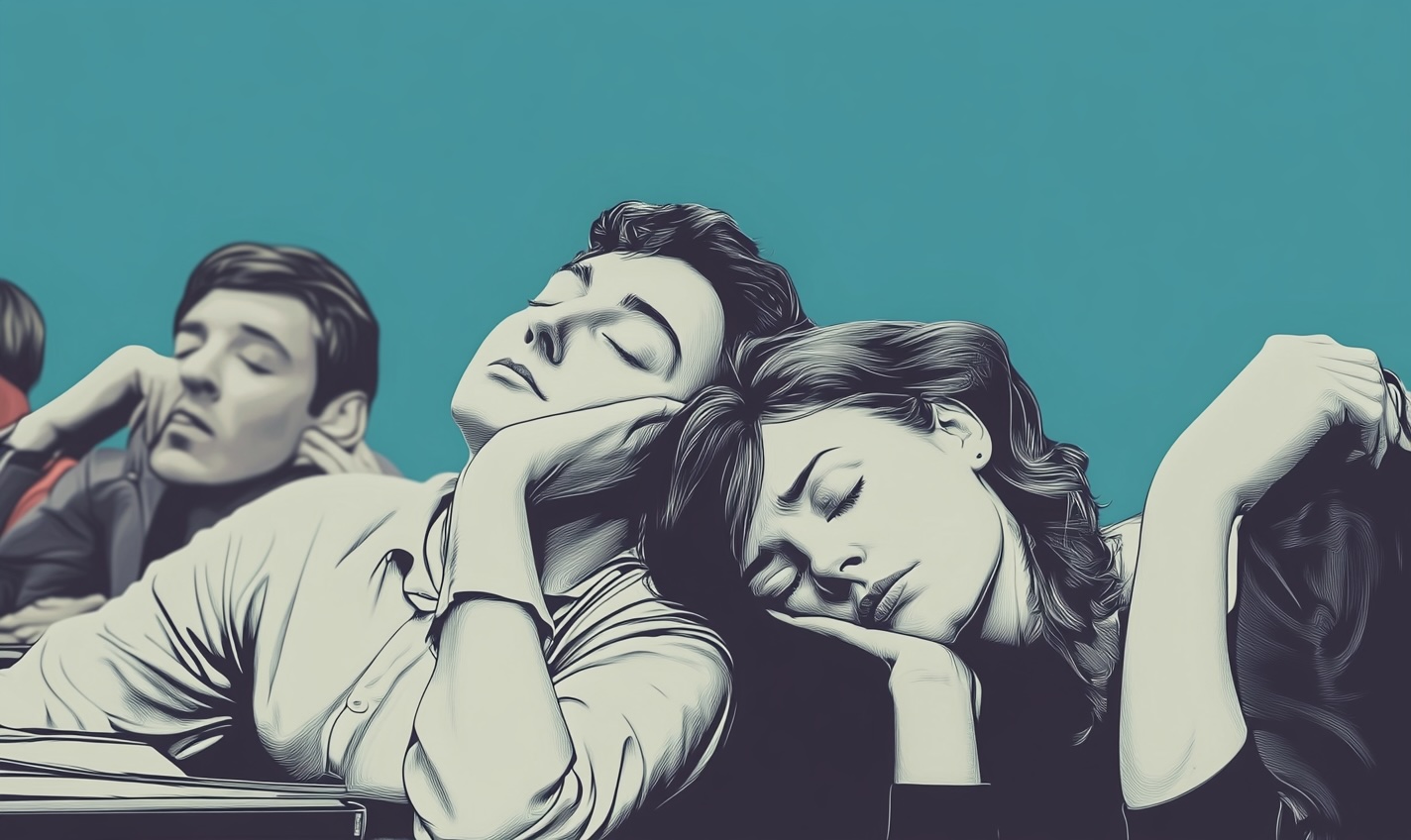
First Make Them Care: The $50B Communication Gap Between Experts and Success
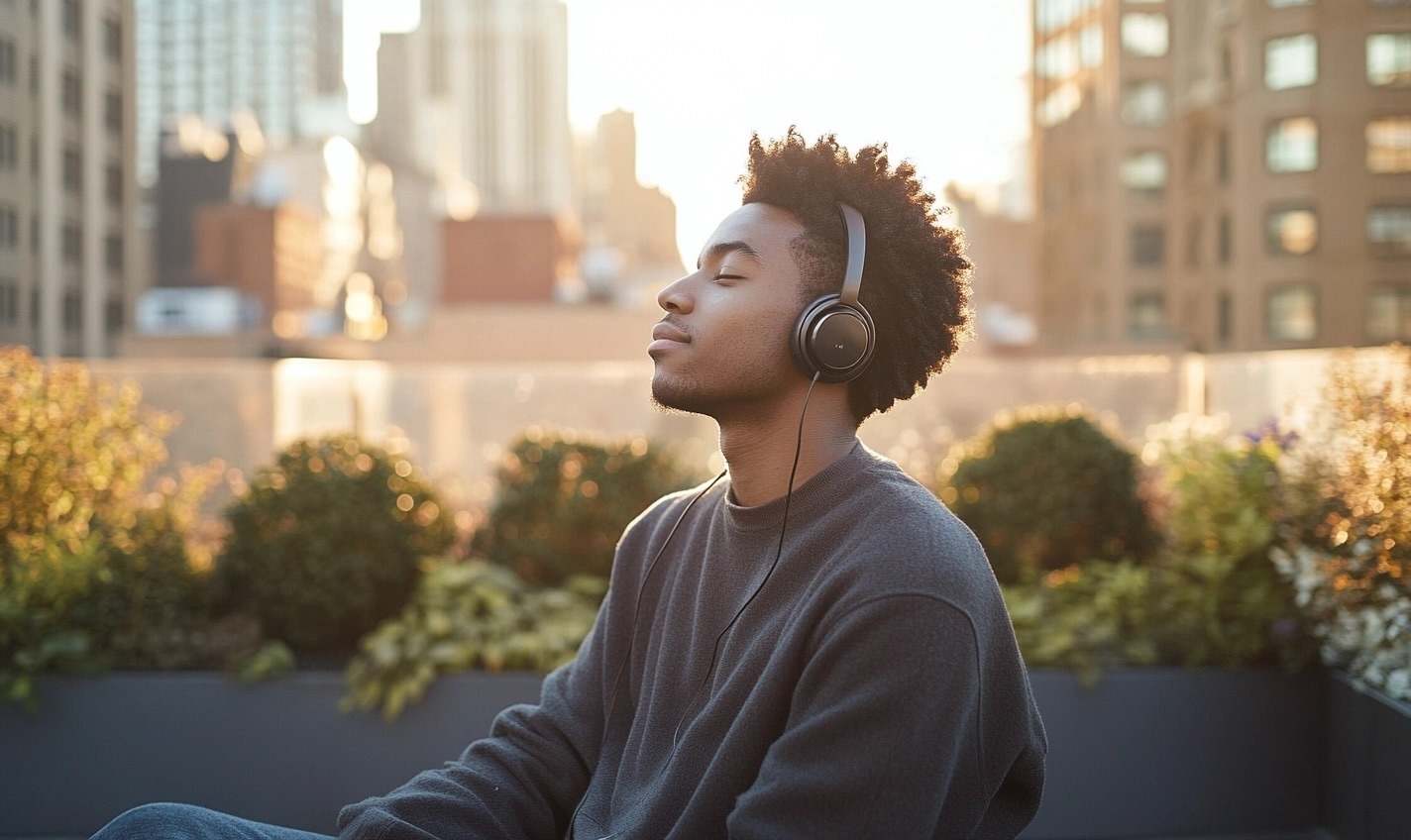
AI Is Offering A New First Step To The Mental Health Journey
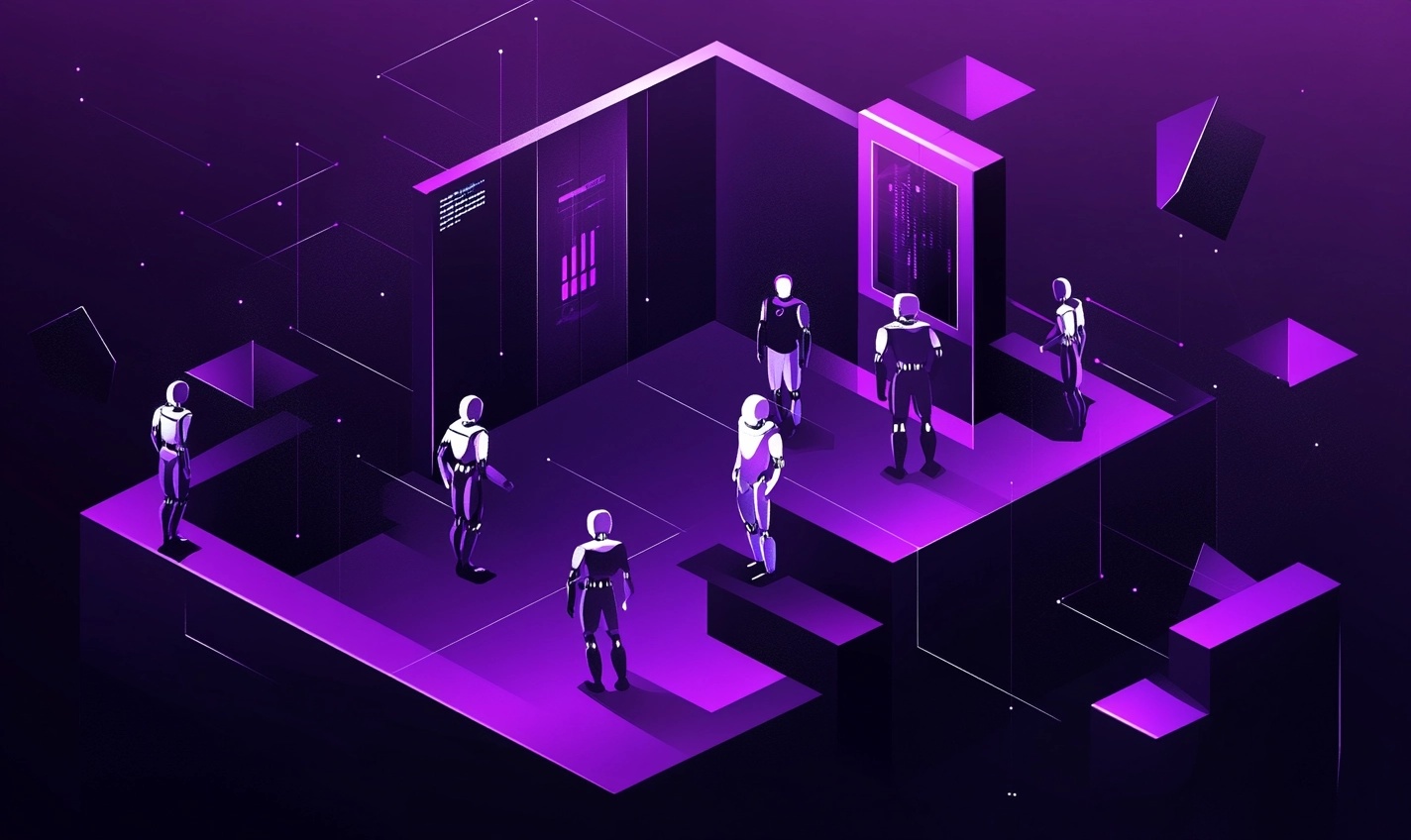
After the Interface: Rethinking Design for a World of AI Agents
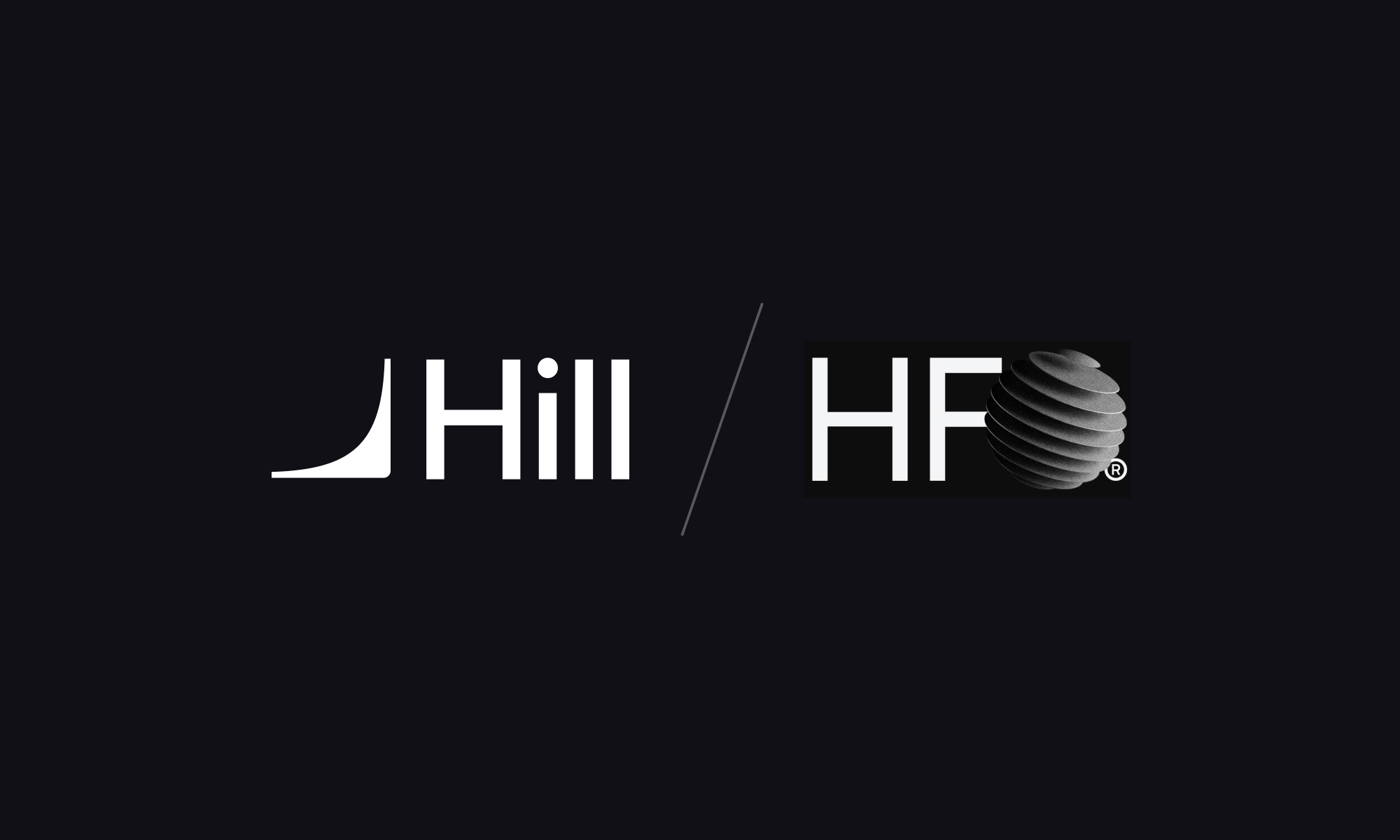
Hill Has Been Accepted Into The HF0 Residency
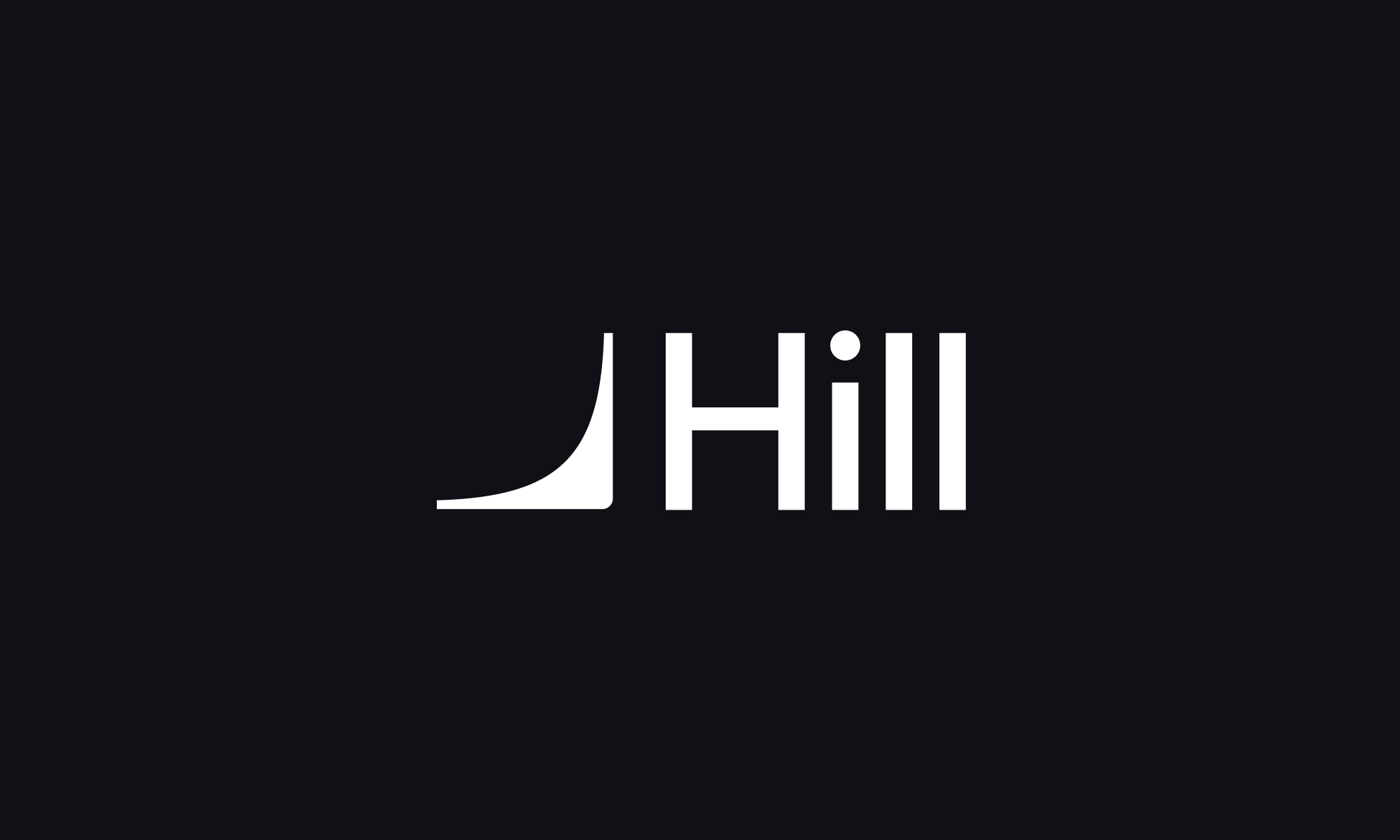
Joining Hill As Head of Product
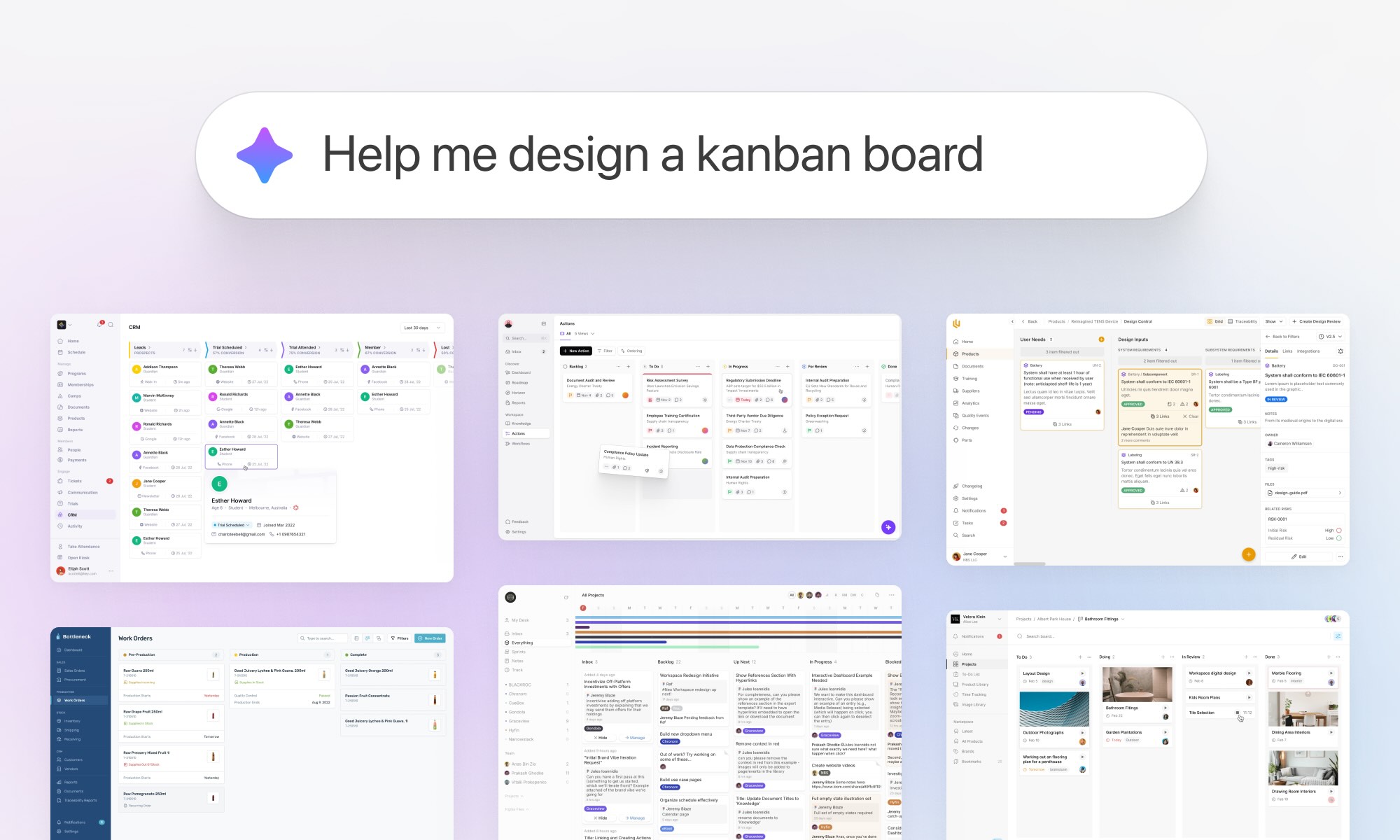
We turned 10 years of product design expertise into the ultimate AI design copilot
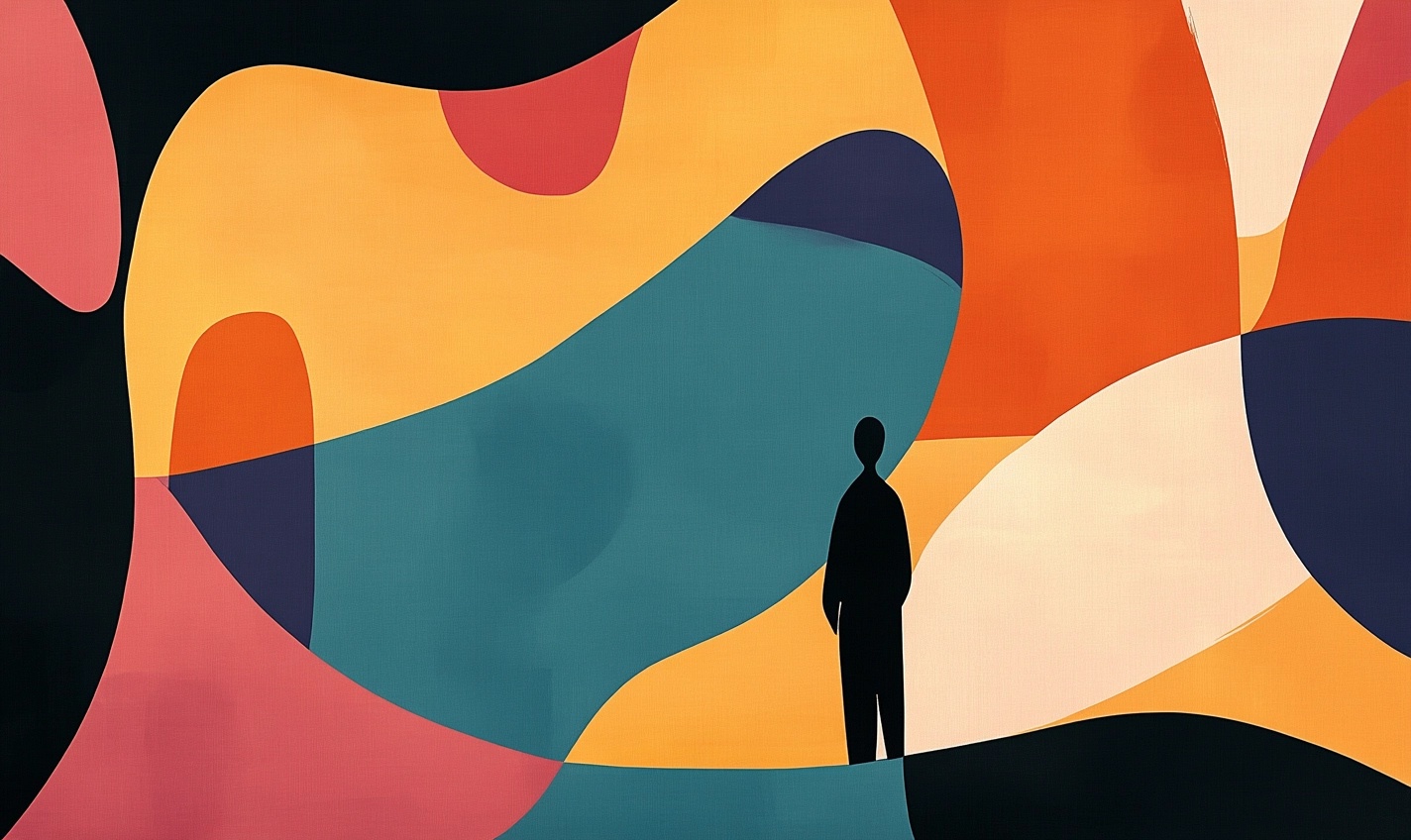
Breaking into UX & Product Design: A Guide for New Designers
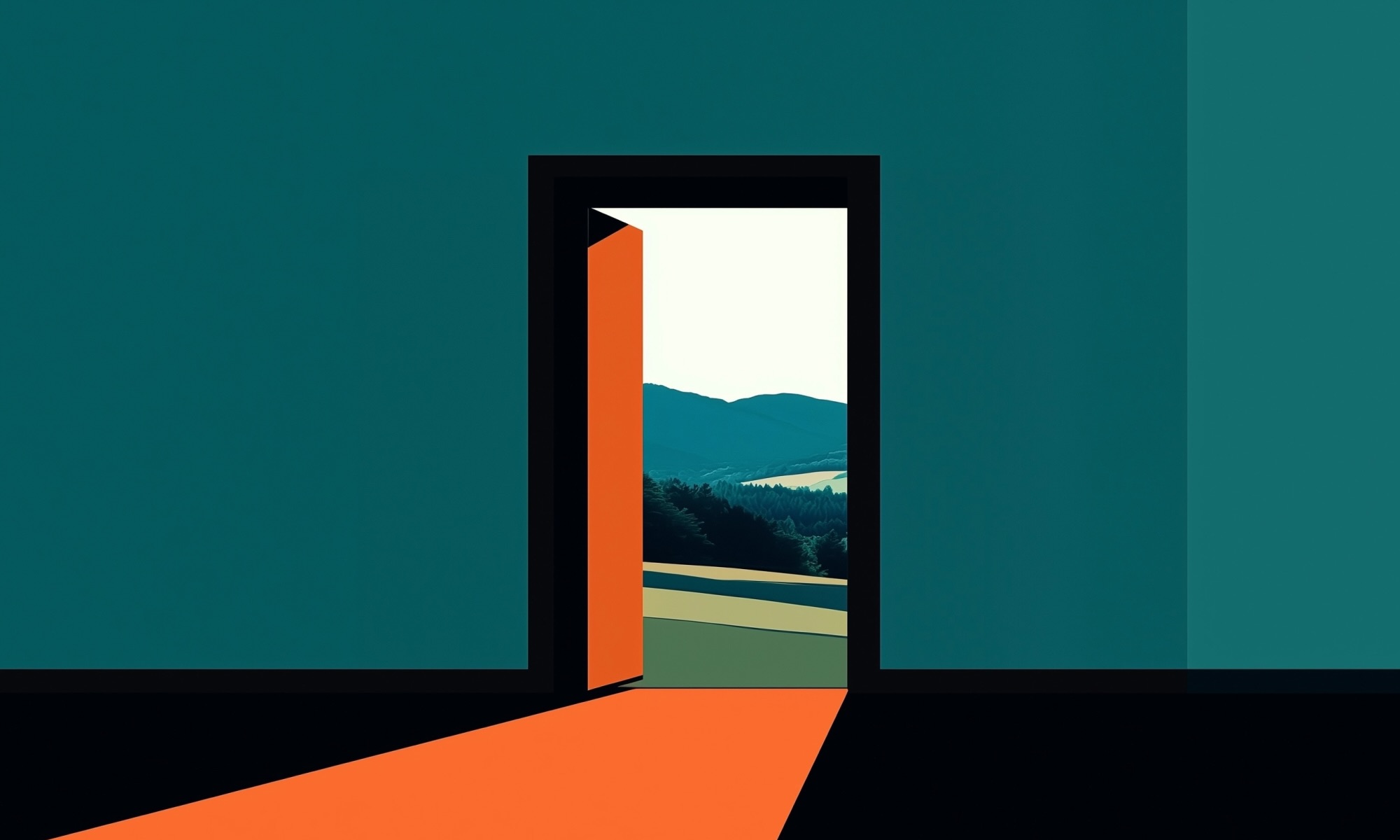
Adding 'flexible features' to uncover new product opportunities

Introducing Blair, the companion to help you conquer your day
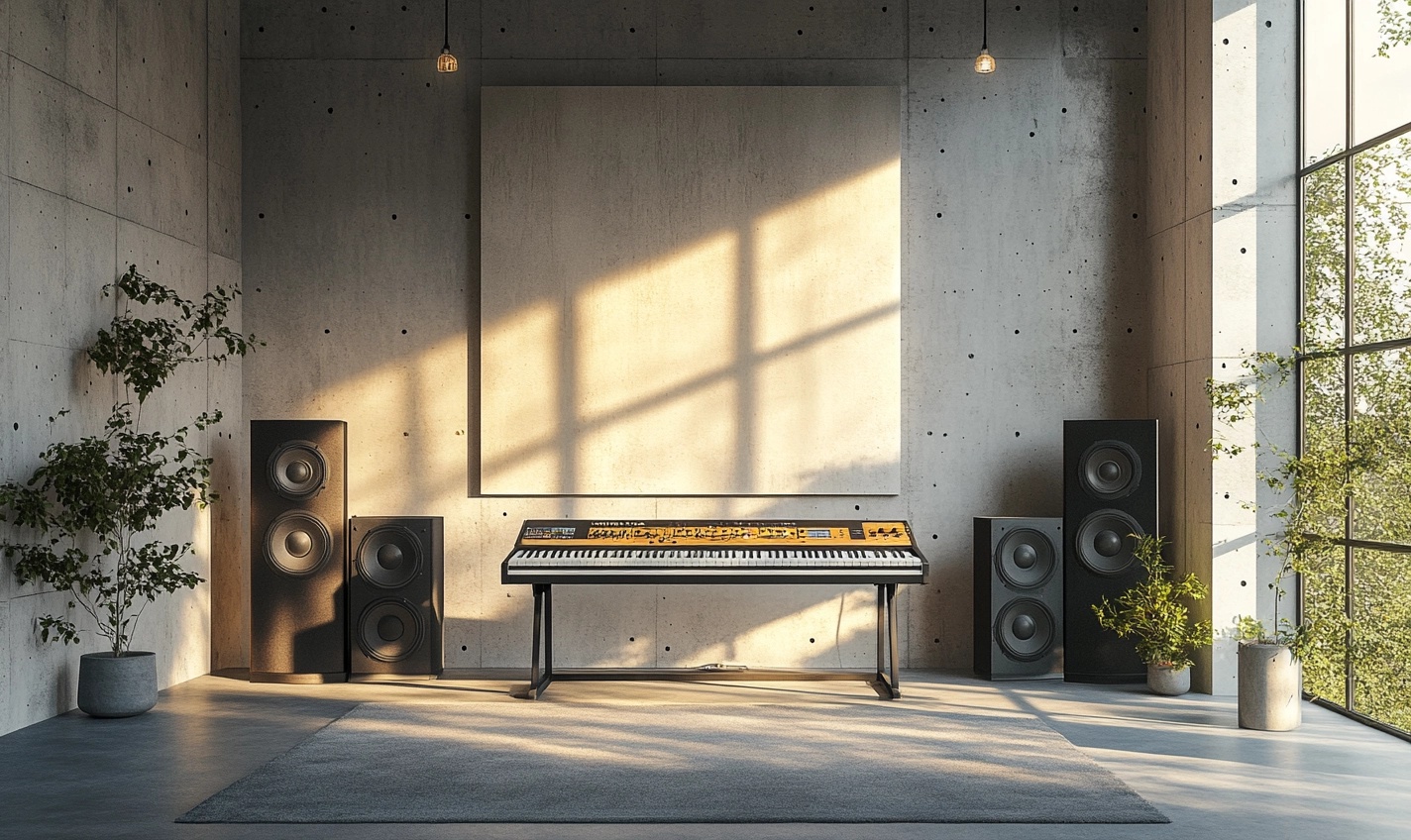
Pushing Through Creative Block: Learning from Artists and Musicians to Reignite Inspiration
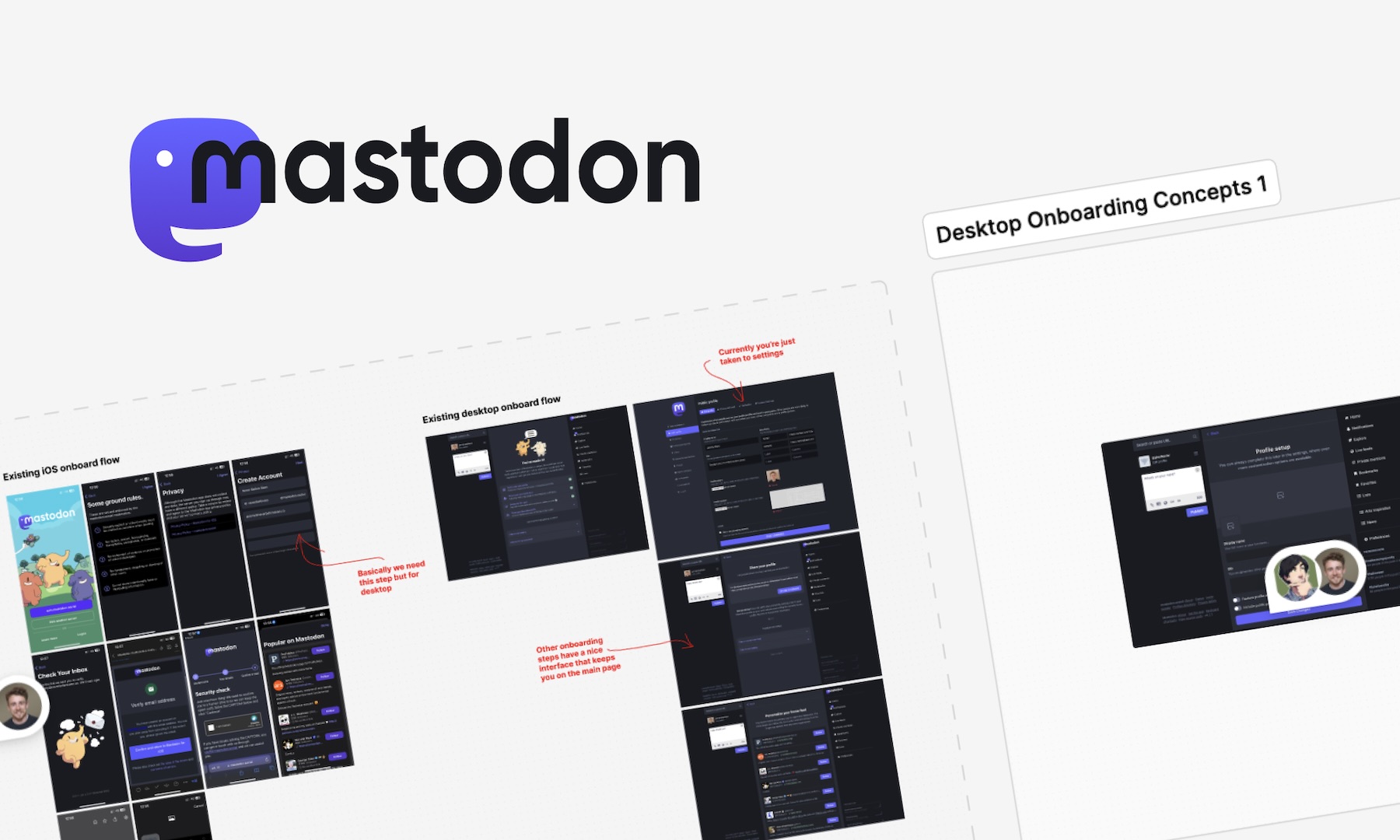
We helped Eugen Rochko, founder of Mastodon, fix their onboarding experience
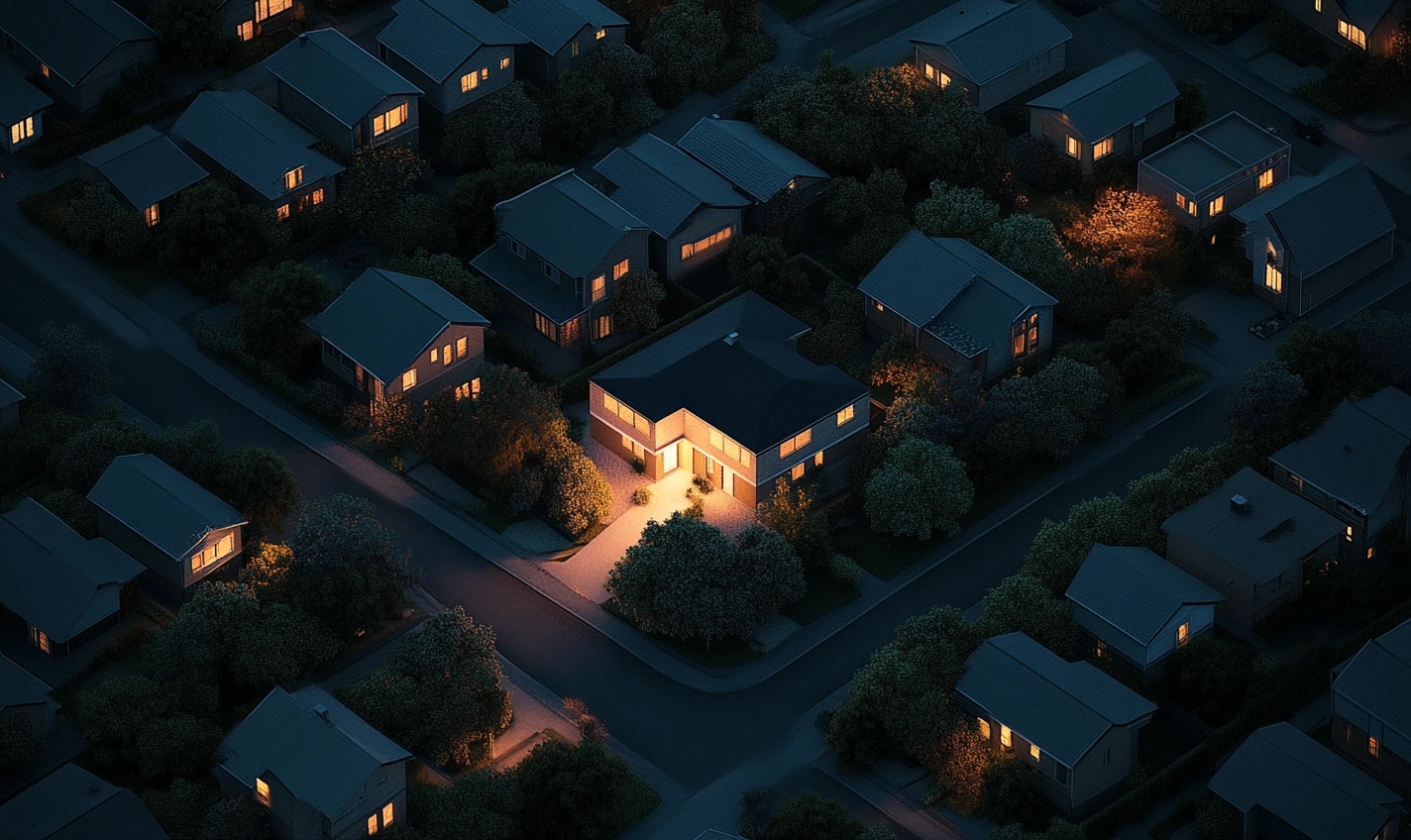
Unlocking Airbnb’s Secret: How SaaS Founders Can Aim For 10 Stars And Win
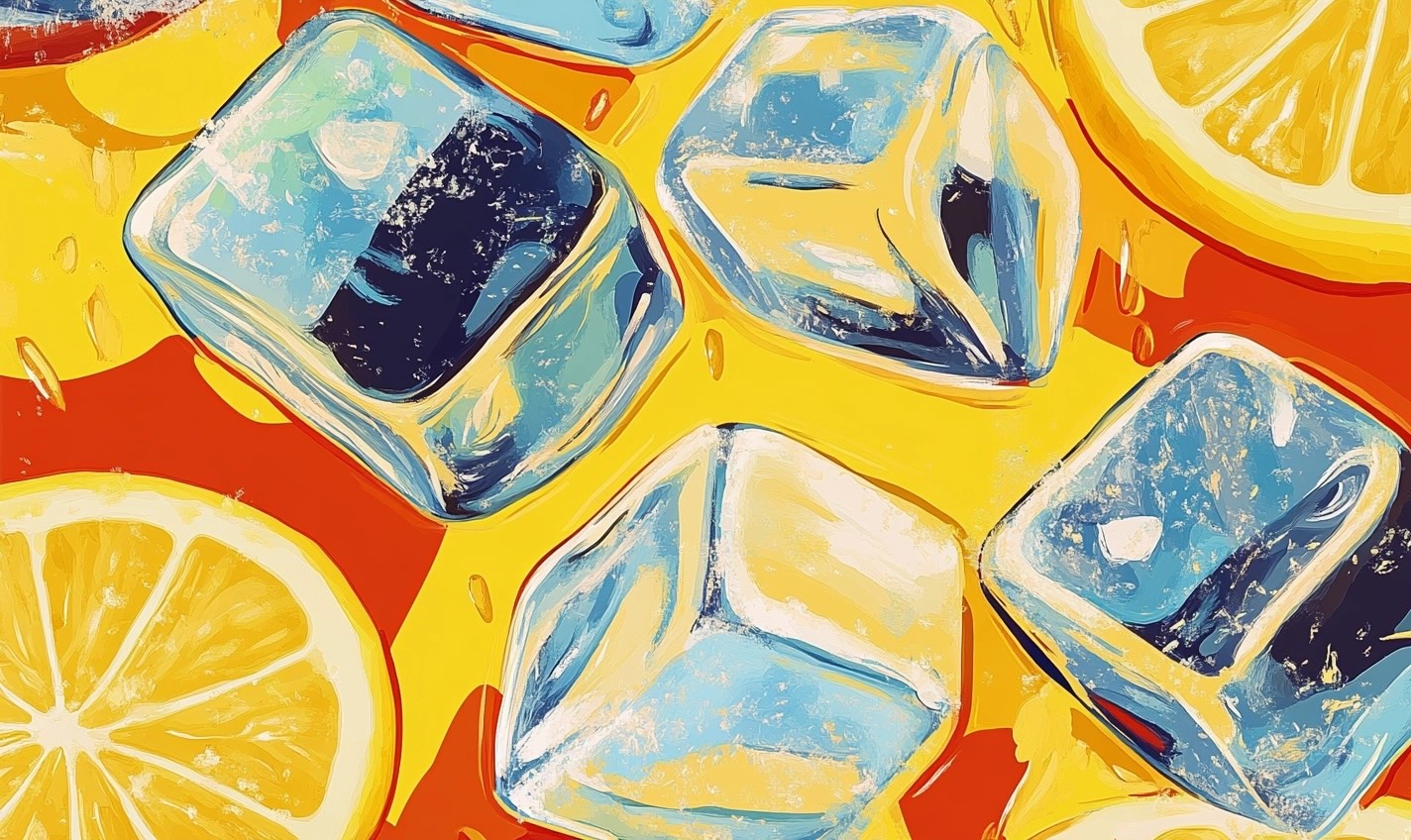
How to avoid MVP feature creep: The ICE Method
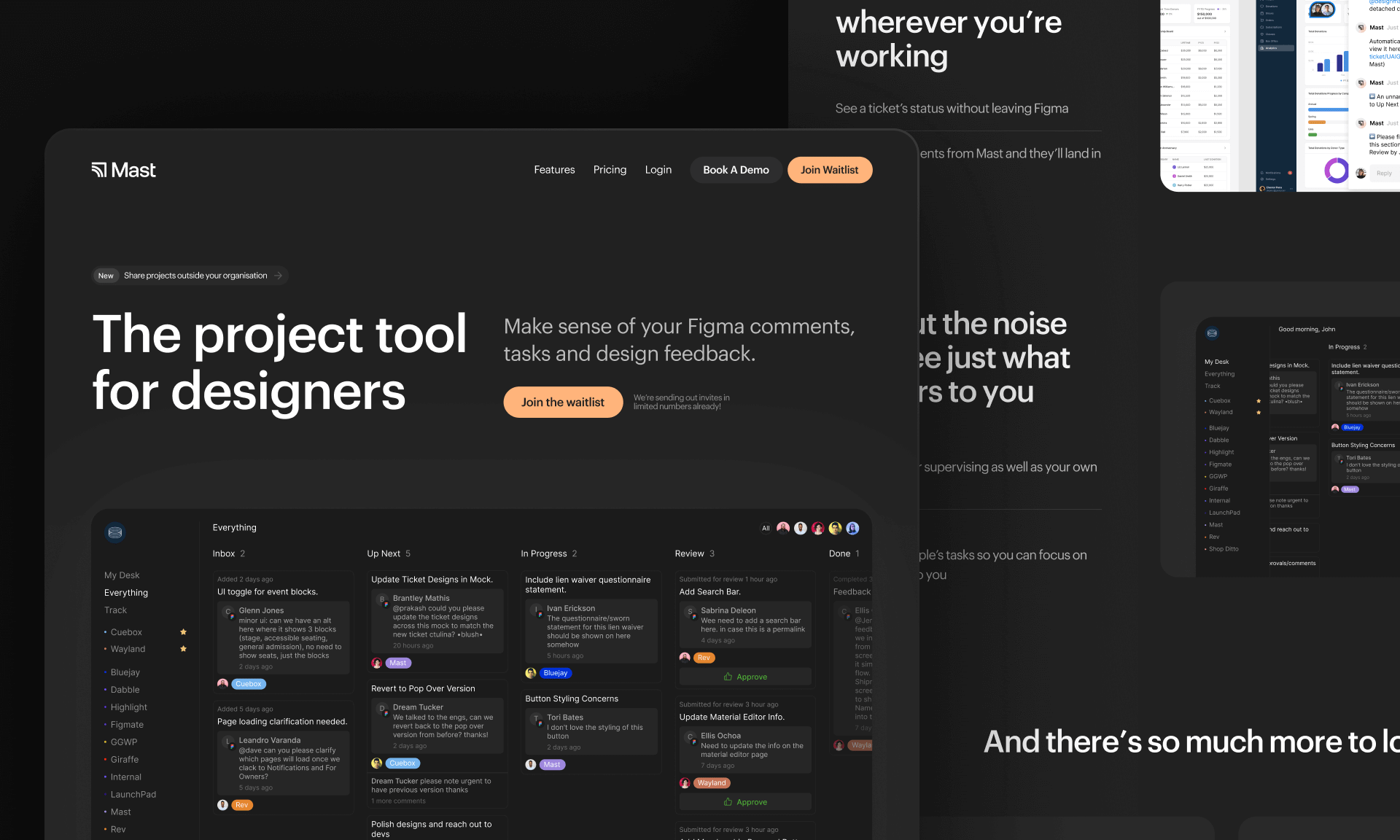
Introducing Mast: The project tool for design teams
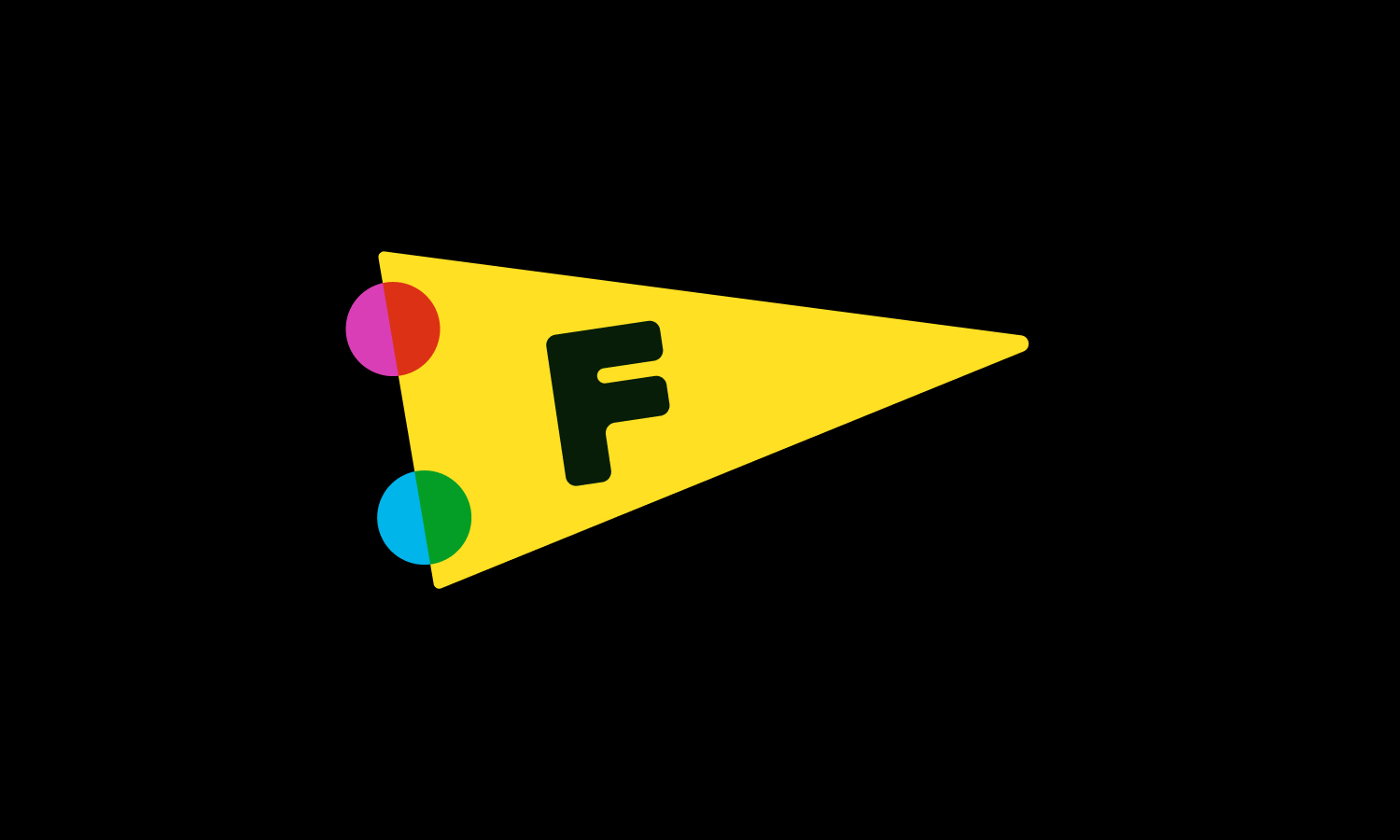
Starting a company during a global pandemic, with Jeremy Blaze on Funemployed
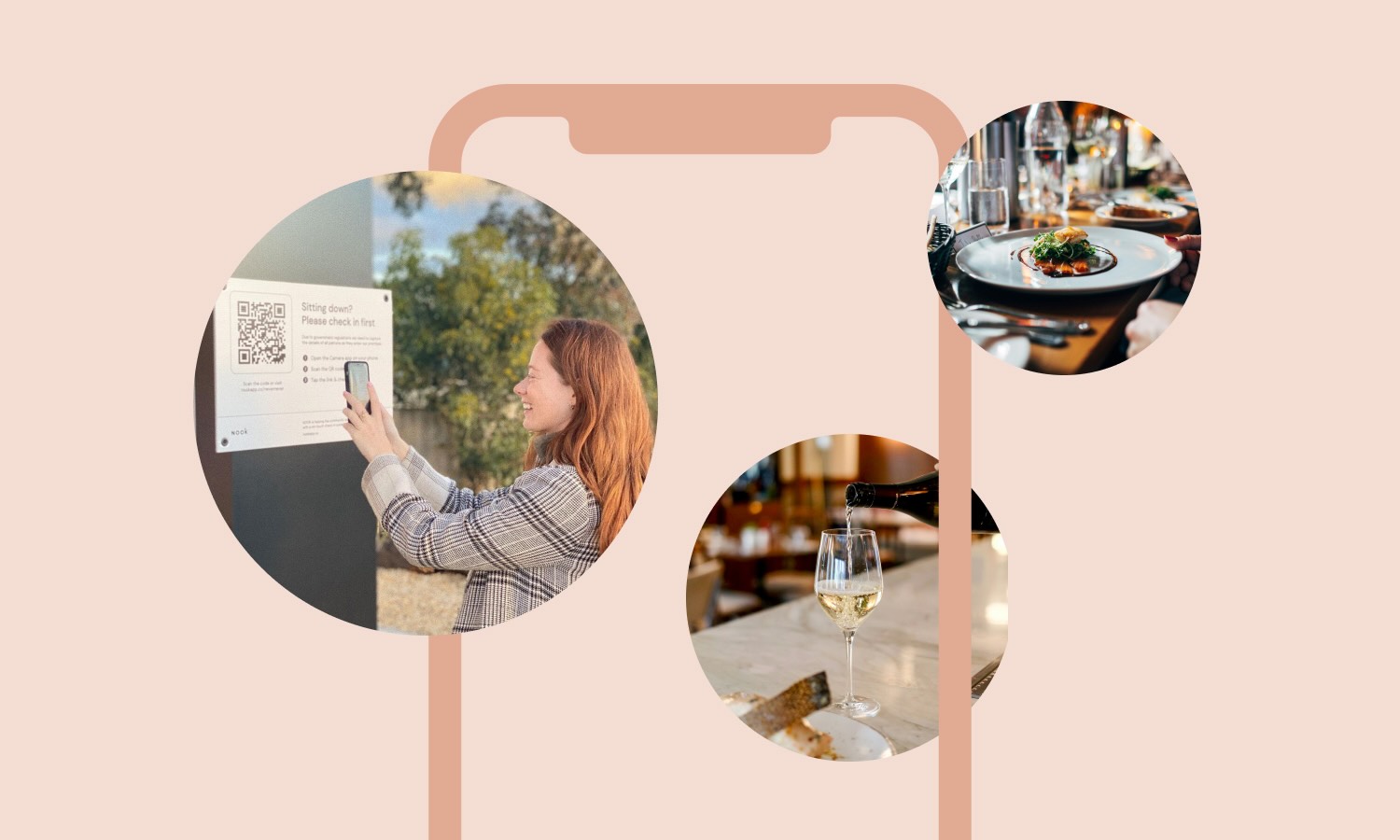
Introducing NOOK: Digital Patron Check-In & Menus to Keep Australia's Hospitality Industry Afloat
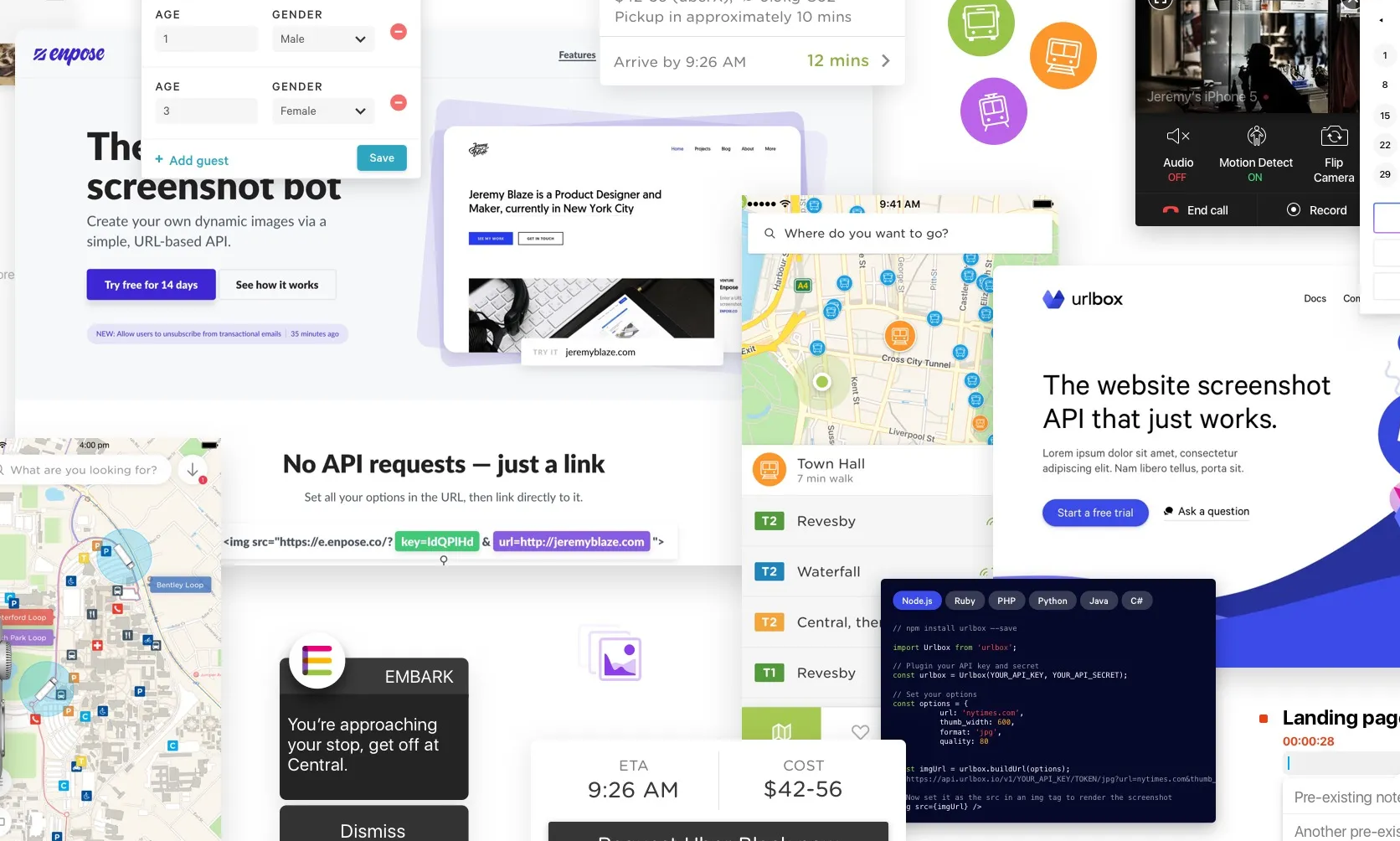
Why I’ve started a product design studio
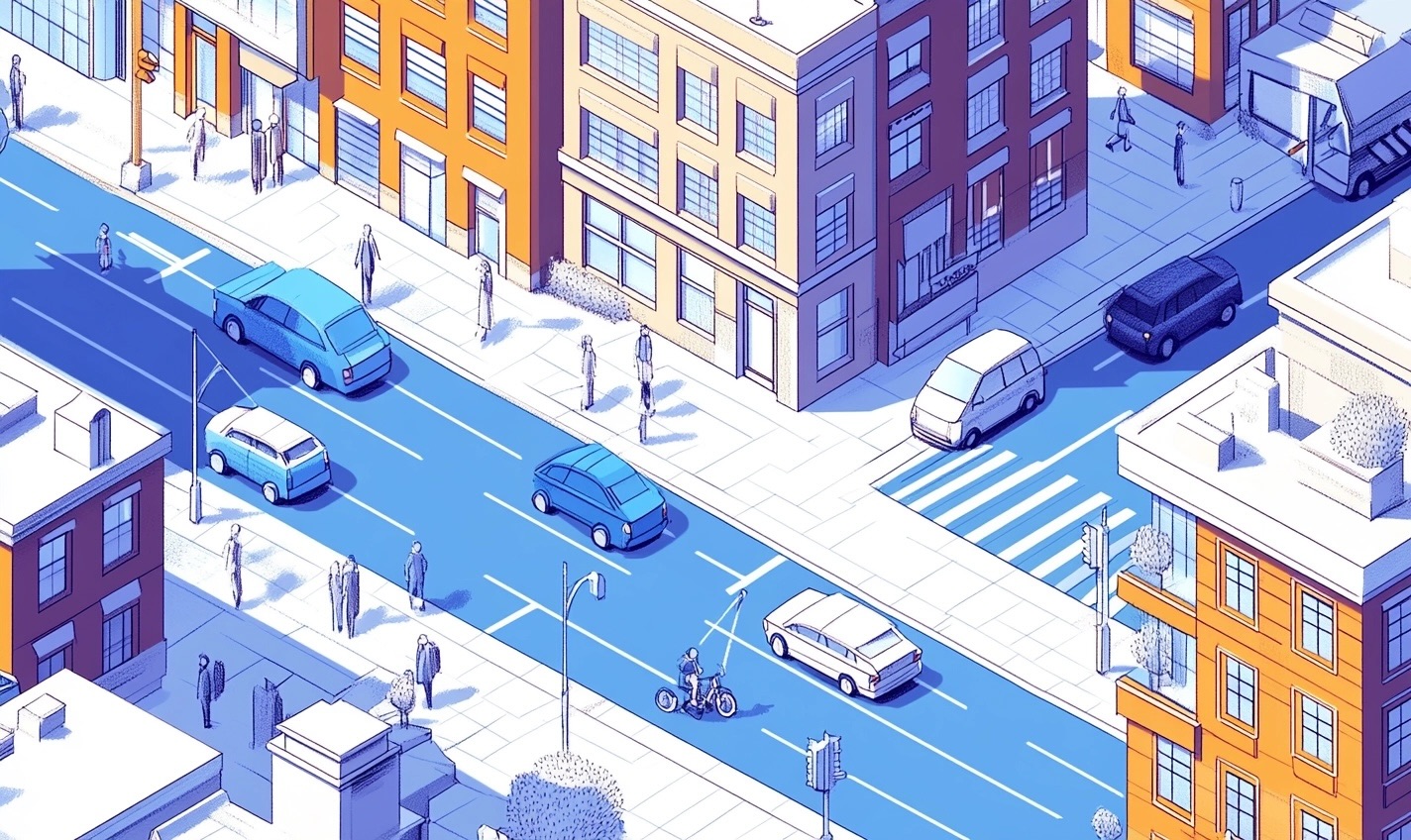
Case Study: Making sense of LIVE carpark availability in UbiPark
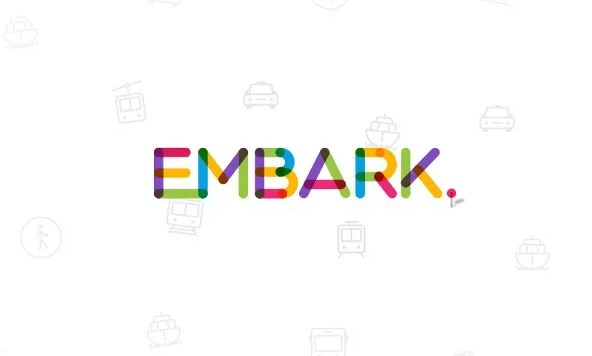
Case Study: Embark’s design, launch & early iteration
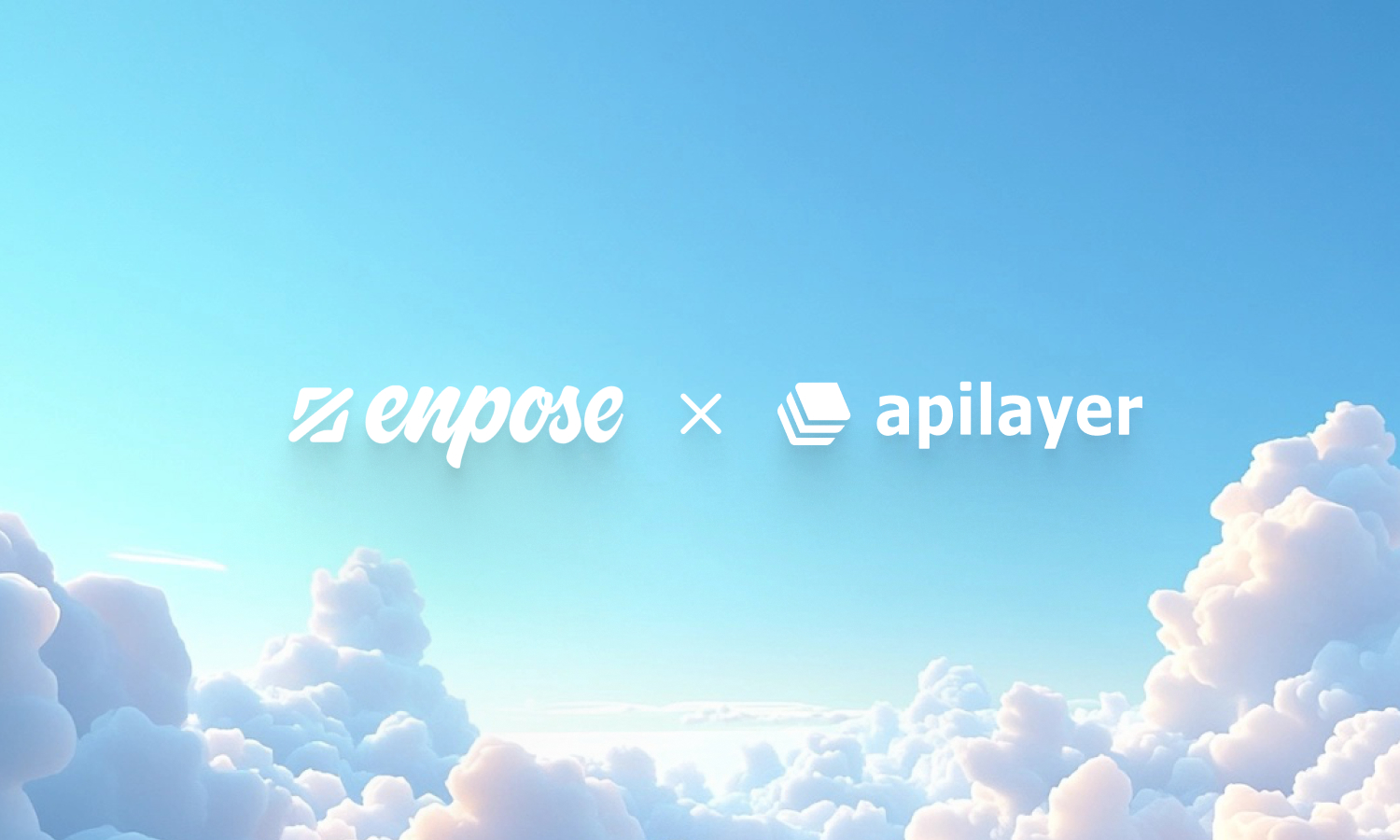
Enpose has been acquired by ApiLayer, solidifying their position in the screenshot API market
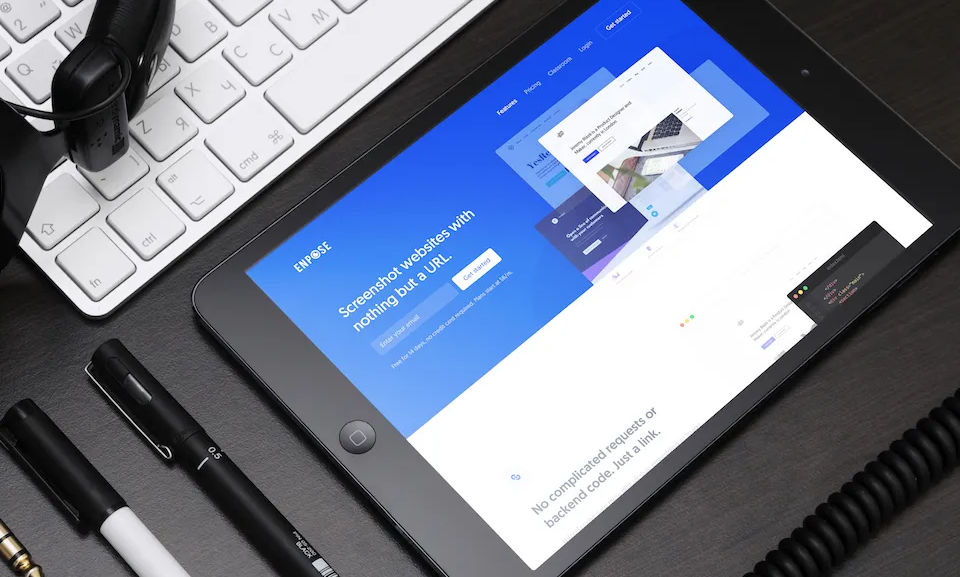
An exercise in reductive design: Building a beautiful API
